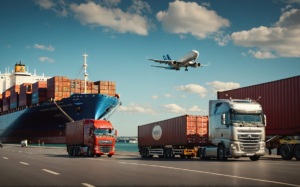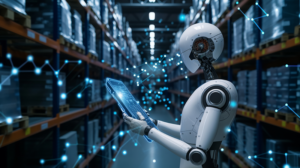You must automate your logistics, it becomes a necessity in the contemporary world, both because of demand and disruption. You can’t predict these without all the advantages provided by technological innovation.
Uncertainties surround markets worldwide, whether in the East or the West. The challenges only grow, which is why investing in technological solutions is necessary.
Likewise, automation requires that various tools and applications work together in a coordinated way. This is to avoid loss of information and speed up internal supply chain processes.
There are many reasons to automate logistics, but here are the three main ones:
1 – Resistance to survive crises.
Without access to the necessary information, it is not possible to prepare for the disruptions coming in the present or the future. Automating logistics makes your data access comprehensive and fast.
Therefore, mapping the contemporary supply chain has to be done completely and without blind spots to have reliable data. In this way, logistics processes feed forecasts and managers can protect themselves from future problems.
If managers depend on links and uncovered logistics, the supply chain is fragile and vulnerable. With automated processes, this risk becomes much lower.
2 – Maximization of benefits.
With a complete understanding of the supply chain, it is possible to identify waste and understand the behavior of the consumer market. Unifying the warehouse, transportation, and points of sale are very beneficial.
Above all, working with no room for human error in the execution of the processes, everything starts to work in a more agile way, and as everyone knows time and money. Automating logistics helps to win new customers and keep old ones.
3 – Total transparency in your logistical processes.
Customers want to know more and more about the products they buy, as do investors and auditors. Ensuring transparency requires end-to-end visibility and a dashboard where everyone can understand the information provided.
Certainly, encouraging transparency makes customers identify with companies and boosts sales. To do this, it is not enough to track shipments; updates on transport assets need to occur in an automated way.
One solution
That is to say, the successful ones know what problems they want to solve and have a clear vision of how technology will support them, adding value to the bottom line. To extract value, a company needs to convert its process to digital and adapt business operations to extract the possibilities that are derived from the digitalization of the supply chain.
To sum up, a systematic approach to the transition or process transformation of the organization is needed to support, control, and help people adapt to the change. Therefore, our smart operating system meets all these needs and works in an easy-to-understand control panel. Get it here for free.


















